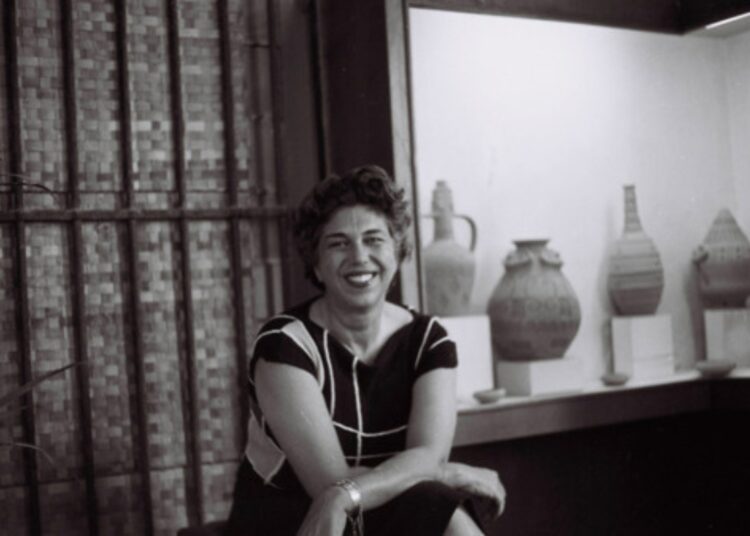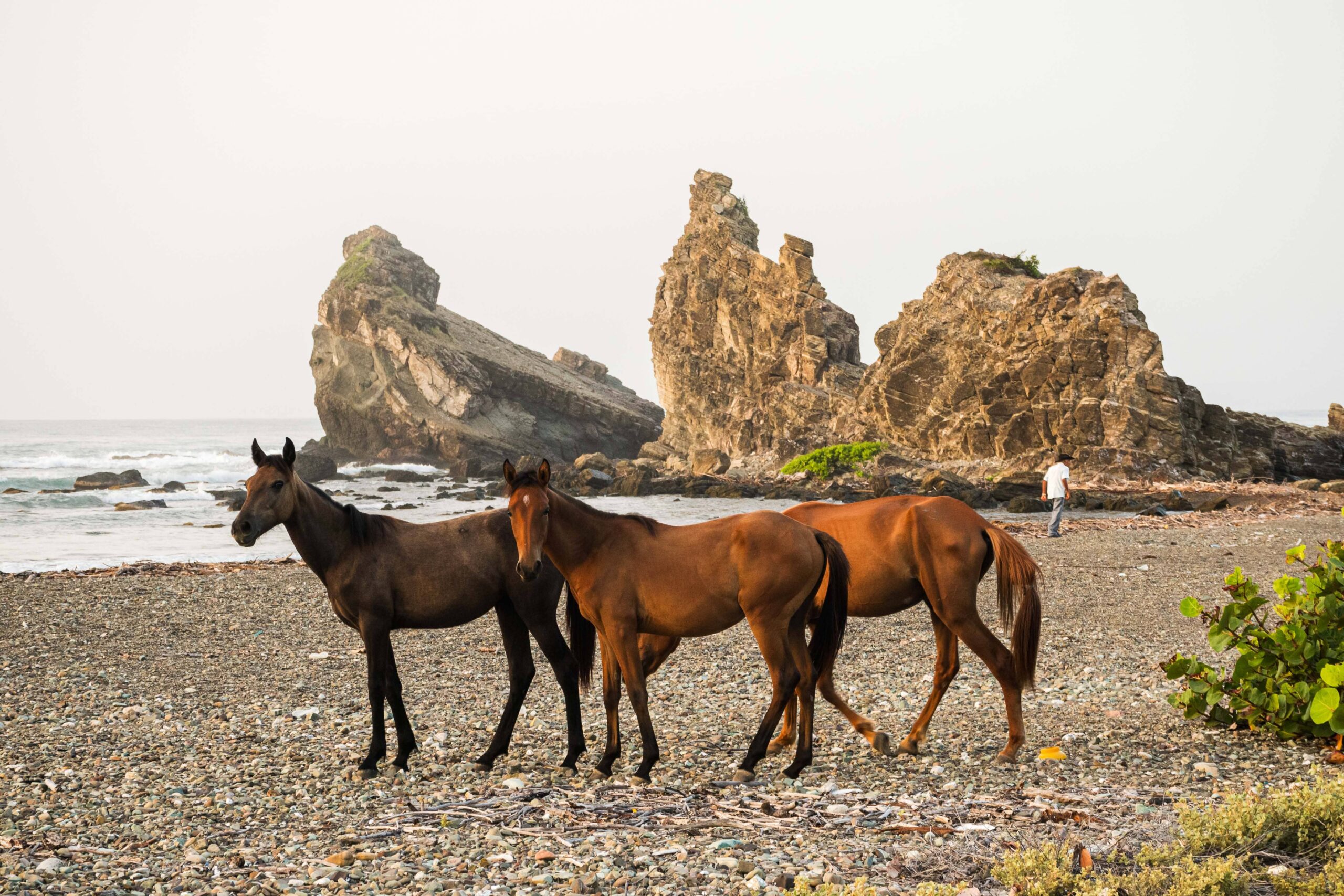The work and personality of the Cuban sculptor Rita Longa, both of essential elegance, are reflected in the book Rita Longa. Shape, space, light (2023), recently presented in the theater of the National Museum of Fine Arts before a large audience.
The text, by Collage Ediciones and ArteCubano Ediciones, legitimizes the legacy of such a relevant artist, whom I met in the final stretch of her life, when we worked together at the National Council of Plastic Arts. Then I was able to appreciate her person and character, as well as her concern for her work and her institutional responsibilities, which were not few and which she never neglected, but rather carried them out in parallel, against all odds.
An extensive and complete tour of Rita’s life and creative work is presented in this volume, in art book format, with numerous illustrations, hardcover, and texts in Spanish and English throughout its more than three hundred pages.
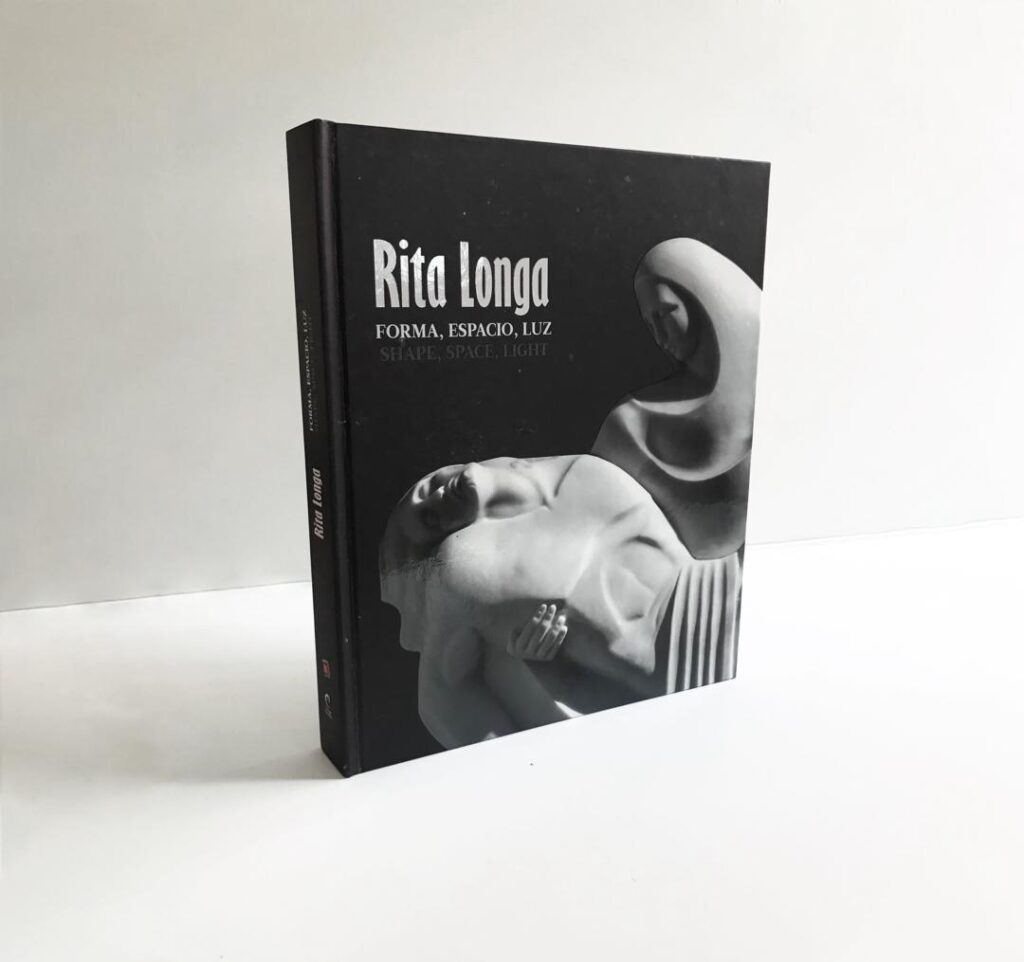
With the editorial coordination of Margarita Ruiz, Lourdes Álvarez and Iris Gorostola, and the edition of Silvana Garriga and Iris Gorostola, the text included in its presentation the words of art critics and researchers Llilian Llanes and María de los Ángeles Pereira, as well as Silvana Garriga, who gave a preview of its content and the editorial process itself.
Two of Rita’s ideas open the pages of the book. I quote one of them: “Through time words pass. But the great masterpieces of sculpture remain in their immortality, which, together, magnificent in their simplicity, relate all the passions and conflicts of the human race. Works made for love of that powerful art that is the architecture of volume, music of shape, poetry of light.” Below, a text authored by Enma Álvarez Tabío, granddaughter of the artist and renowned architect, narrates with refined prose different aspects of Rita’s family intimacy, which is very appreciated, since it gives the human touch to a book mostly recreated with the works of the sculptor.
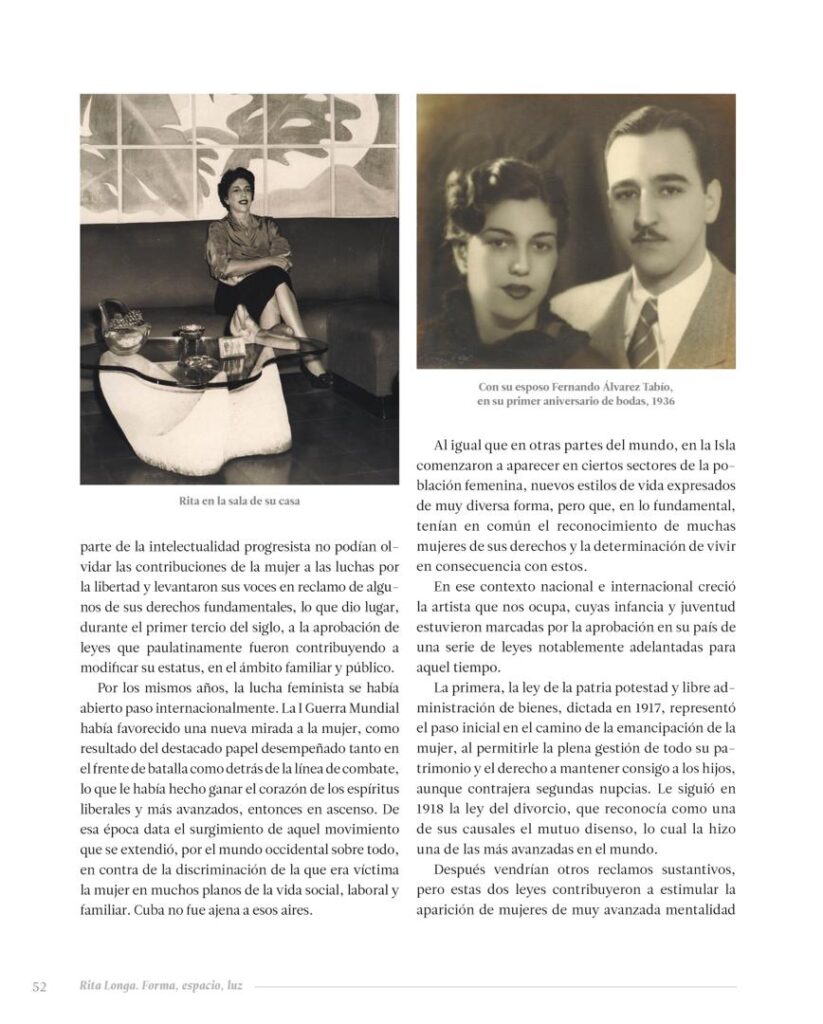
Thus we found out, in a brief summary, that Rita was an only child and had the best family upbringing, in addition to which we were able to learn about her phobias of cats, her early inclination towards art, her shyness (she was solitary and introverted in her childhood) and the great sensitivity that was revealed since her youth. According to this testimony (enriched by Enma’s reading of Rita’s memoirs), the future sculptor acquired exquisite manners that she retained until the end of her days, although the periods of hardship and rationing after 1959, for example, threatened against them in table practice. “She ate ceremoniously, whatever the menu was…,” writes the granddaughter, who with descriptive skill offers a very precise profile of Rita Longa, of her incontestable ancestry and lineage.
Her schools made their contribution, even though she suffered various setbacks in her health that affected her locomotion and movements in general, but she imposed her will to face these adversities. Upon enrolling in the San Alejandro Academy of Fine Arts, a new stage in Rita’s life began. Her direct relationship with art was decisive from then on.

“Ahead of her time,” is how Llilian Llanes describes her in one of the three cardinal texts that appear throughout the book. In her extensive essay she analyzes the prejudices and obstacles of different types that women of those times had to overcome in order to feel fulfilled as sculptors. In this sense, she cites the other three women who preceded Rita in the practice of this art expression: Guillermina Lazo, Miami Bacardí and Isabel Chappotín. To this we should add that sculpture, within the so-called fine arts, was then considered the one that received the least attention in the country.
With abundant biographical information, Llilian analyzes from the perspective of art criticism the shift from the initial academic realism of Rita’s work towards a very personal aesthetic, close to the Art Deco style. Likewise, she reviews the opinions of recognized critics about Rita’s work, in which can be seen, very coincidentally, the recognition of the innate grace and elegance of her work, as well as her total dedication to art. Some also praise the stylization of the shapes and the propensity towards a certain decorativeness, but this conceived “as a quality inherent to all her sculptural work,” that is, as a natural feature, not an affectation, according to the specialist José Veigas, cited by Llilian.

The author does not fail to recognize the work of Rita Longa at the head of the Commission for Monumental and Environmental Development (CODEMA), from 1980 until her death. That was the entity of the Ministry of Culture and the National Council of Plastic Arts in charge of promoting and developing this artistic expression. This is an exhaustive text, very well informed and reasoned. Under her direction, CODEMA was a lively and dynamic institution that contributed very actively to the development of sculpture throughout the country.
In turn, María de los Ángeles Pereira and Alejandro González Acosta, in two short articles, examine Rita’s work from their respective knowledge as art critics, especially the former, undoubtedly the greatest scholar of Cuban sculpture. Both authors agree in highlighting Rita’s indisputable mastery and peculiar poetics.
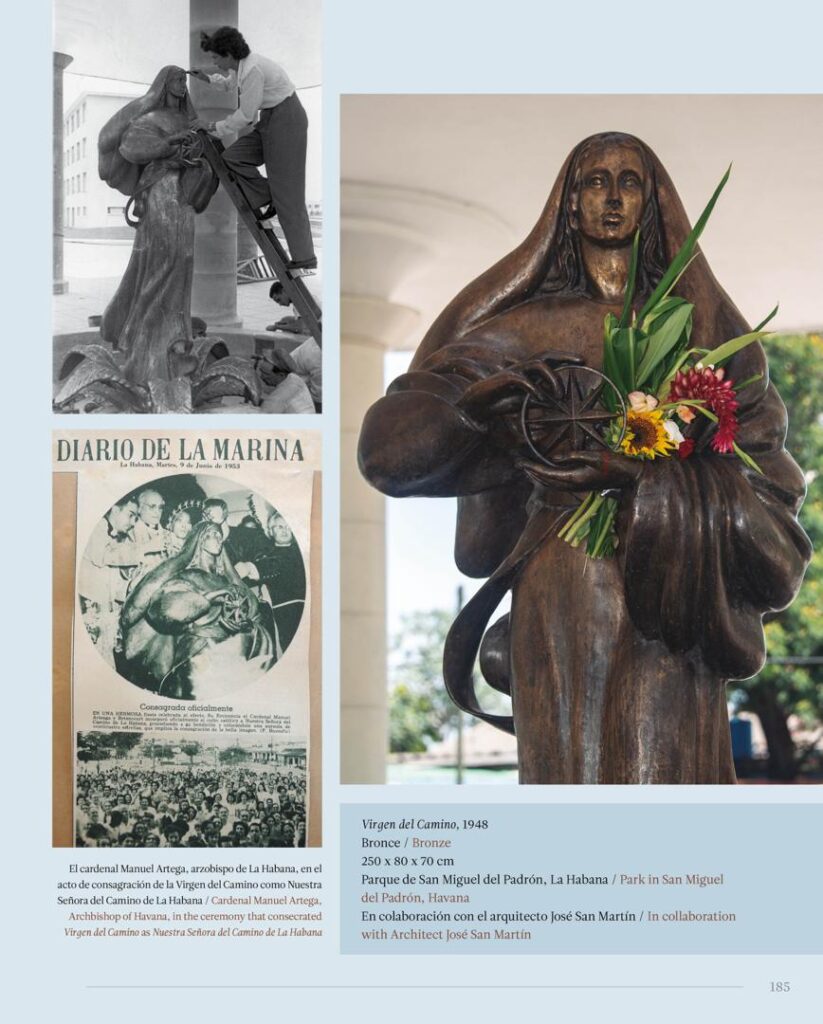
In other texts in the book, in more summarized testimonies, a group of artists and colleagues who knew her evoke moments and traits of her person and work. Margarita Ruiz, Severino Rodríguez, Larry Morales, Iran Millán, José Antonio Choy, Tomás Lara, Caridad Ramos, Alberto Lescay and José Villa agree in their admiration and respect for the artist and her work.
Towards the end, the book has a very well-documented Chronology of the artist and a Bibliography, both very useful instruments for the reader to learn more about the artist and be guided towards other readings.
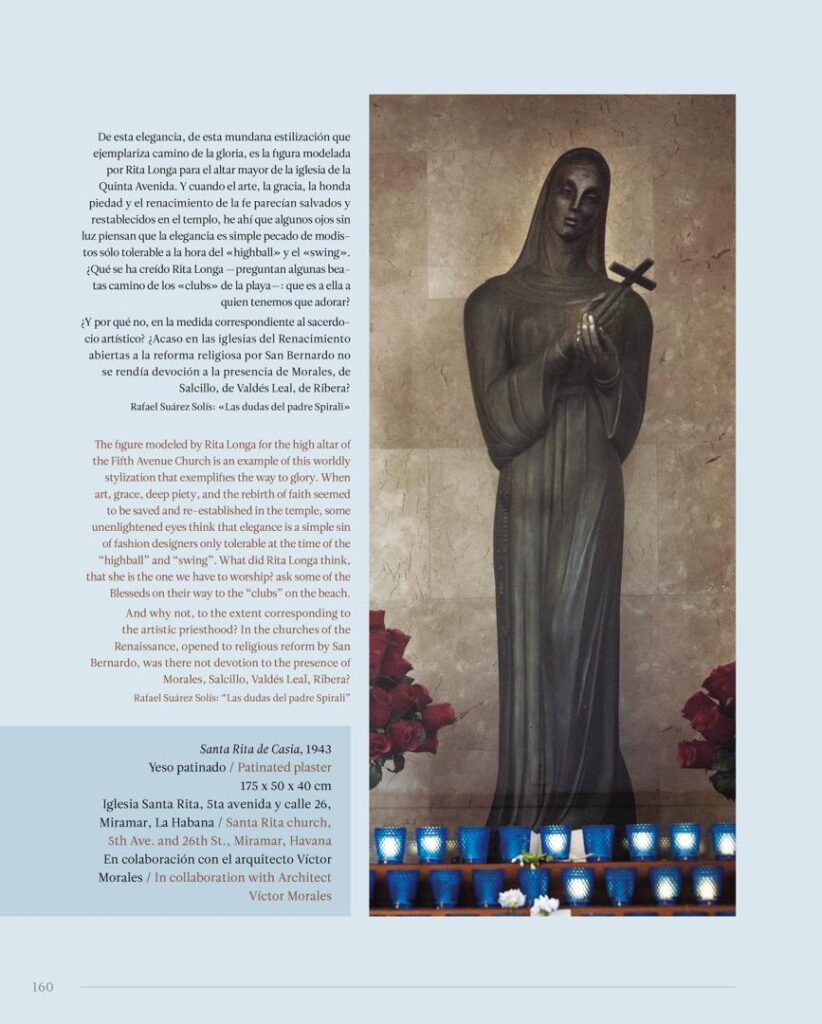
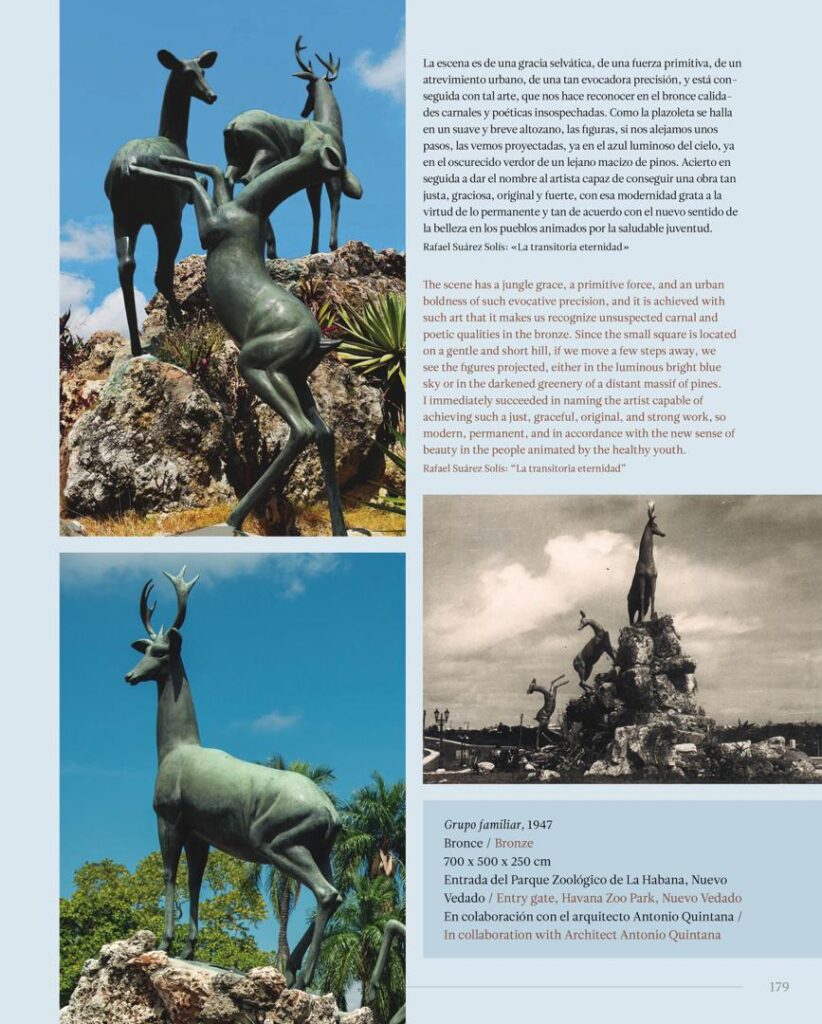
The design of the volume, by Grethel Ruiz-Calderón González, achieves a harmonious and balanced articulation of images and texts. The graphics based on photographs of different moments in Rita’s life and her works turn out to be nothing less than a narrating image. It is really a very pleasant and functional design and gives the volume the necessary personality to dialogue with the sculptor’s work. The Selvi Editores label provides the excellent workmanship of the book, a well-deserved tribute that contributes to Rita Longa’s lasting legacy.

